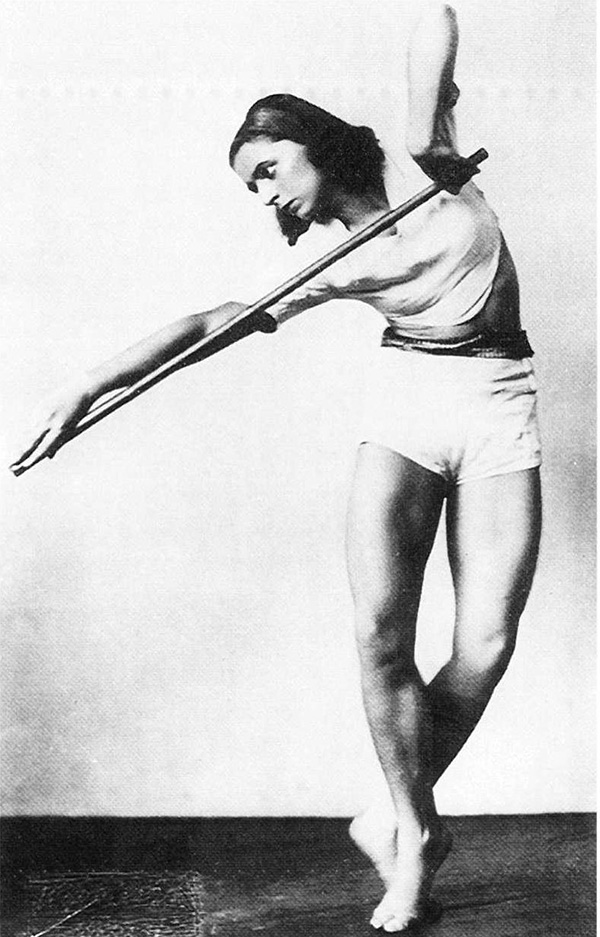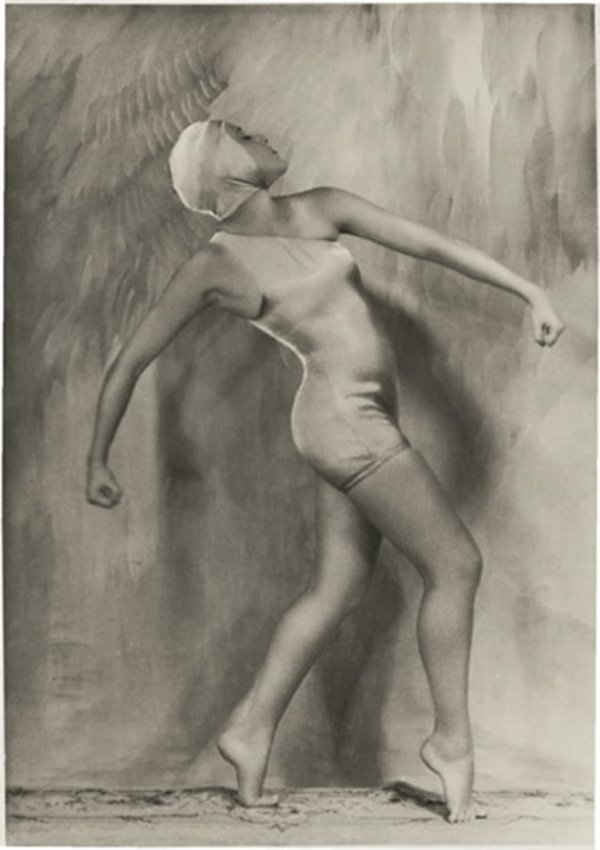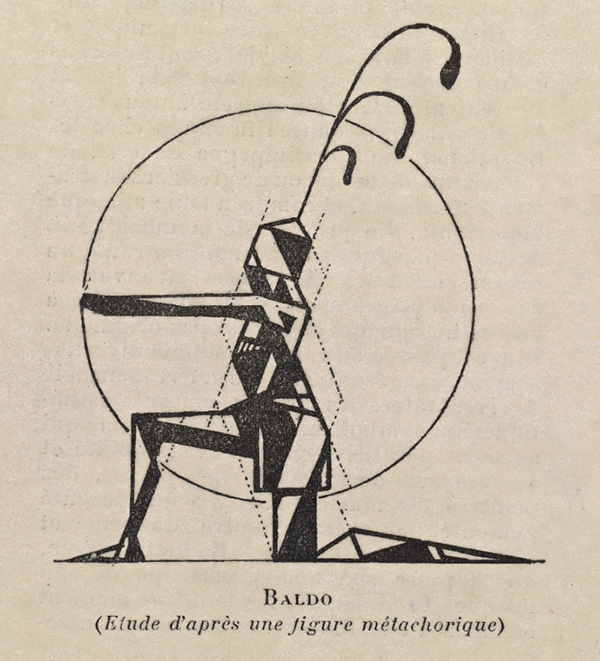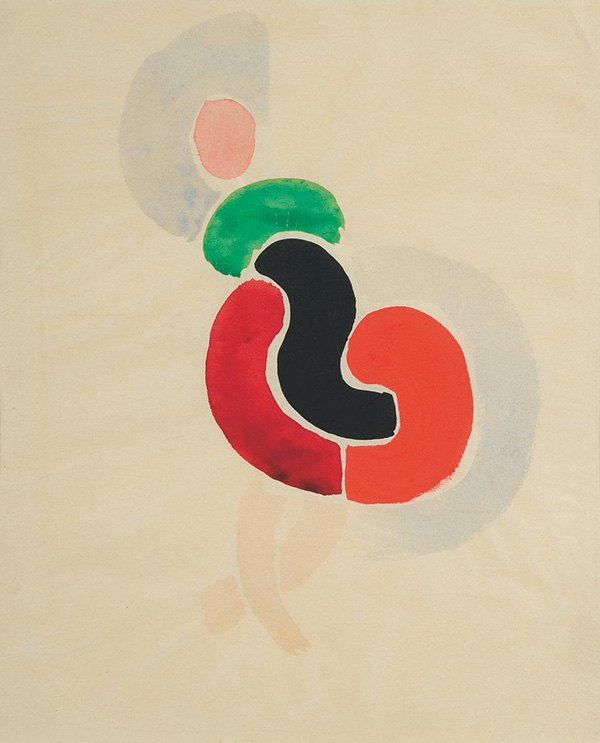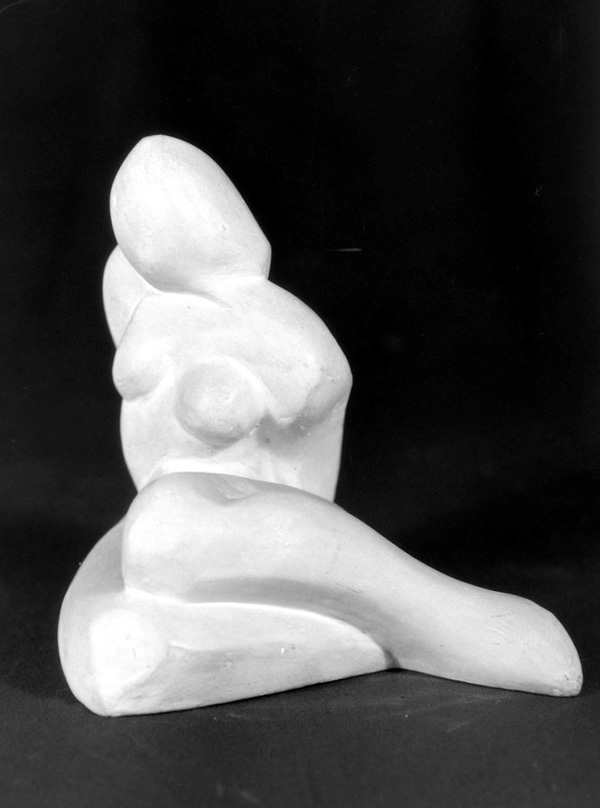ART-PRESENTATION: Moved Bodies
 Katarzyna Kobro was a Polish sculptor, under the influence of Constructivism she rejected individualism, subjectivism and expressionism, and instead postulated the absolute objectivism of form. Her main aim was to build an abstract work, based on universal and objective rules discovered through experimentation and analysis. Her sculpture conceptualized infinite space, which was to be seen as uniform and without focal or reference points. Therefore, she strove to organize space in such a way that it would not be divided into space enclosed within form and excluded from it, but instead for the work to coexist with space and to allow space to penetrate it.
Katarzyna Kobro was a Polish sculptor, under the influence of Constructivism she rejected individualism, subjectivism and expressionism, and instead postulated the absolute objectivism of form. Her main aim was to build an abstract work, based on universal and objective rules discovered through experimentation and analysis. Her sculpture conceptualized infinite space, which was to be seen as uniform and without focal or reference points. Therefore, she strove to organize space in such a way that it would not be divided into space enclosed within form and excluded from it, but instead for the work to coexist with space and to allow space to penetrate it.
By Efi Michalarou
Photo: Muzeum Sztuki Archive
Also the first half of the 20th Century women pioneering in modernist dance, e.g., Loïe Fuller or Isadora Duncan, broke with the rigid constraints of classical ballet forms and introduced freedom of expression into dance. The interest in body in motion translated into researching its anatomical determinants and experimentation. A question was posed about the possibility to better rationalise human movements, so that the effort put into a given activity would be commensurate with its effects. Simultaneously, the traditional cultural and social patterns, in which the female body was squeezed at the beginning of the 20th century, were rejected. With its starting point in the sculptural theory and practice of Katarzyna Kobro the exhibition “Moved Bodies. Choreographies of Modernity” raises a question about the bodily and movement-related experience of Modernity. The theme is tackled through an interdisciplinary approach: in the context of dance, choreographic and theatrical practices. The objective of the exhibition is to confront the sculptures by Katarzyna Kobro with choreographic and dance practices of the first half of the 20th century, building up the context for Kobro’s artistic practice. Similarly to female modernist dancers and choreographers, in her theoretical works Kobro was asking questions on the nature of movement and its spatial relations. The key narrative of the exhibition gives the viewers an insight into dance and choreography experiments through archival material. Yet, the exposition is not only of archive nature, its layout was arranged in cooperation with an opera and dramatic theatre stage designer, Karolina Fandrejewska. Instead of architecture, she proposes the scenography creatively appropriated from the archive material meant to serve as an inspiration for performative activities. Although few of Katarzyna Kobro’s works survived, they all have considerable artistic merit. After her death some of them had to be reconstructed to get a sense of the scope of her innovation and courage, since many of her sculptures, mainly her early works – were lost, and are known only from the iconographic record. She was also one of the most tragic figures in the history of 20th Century Polish art. A war exile because of her German-Russian origins, she lost some of her sculptures when they were tossed onto the scrap-heap during the war. Her dramatic post-war separation with Władysław Strzemiński made it necessity for her to earn a living to care for her child. She also had to defend herself in court against the accusation of “Deviating from the Polish nationality. All of this, as well as her final battle against a terminal illness, sapped her creative forces during the last years of her life.
Info: Curator: Katarzyna Słoboda, Scenographer: Karolina Fandrejewska, Muzeum Sztuki, Więckowskiego 36 St., Łódź, Duration: 18/11/1-12/2/17, Days & Hours: Tue-10:00-18:00, Wed-Sun 11:00-19:00, http://msl.org.pl
